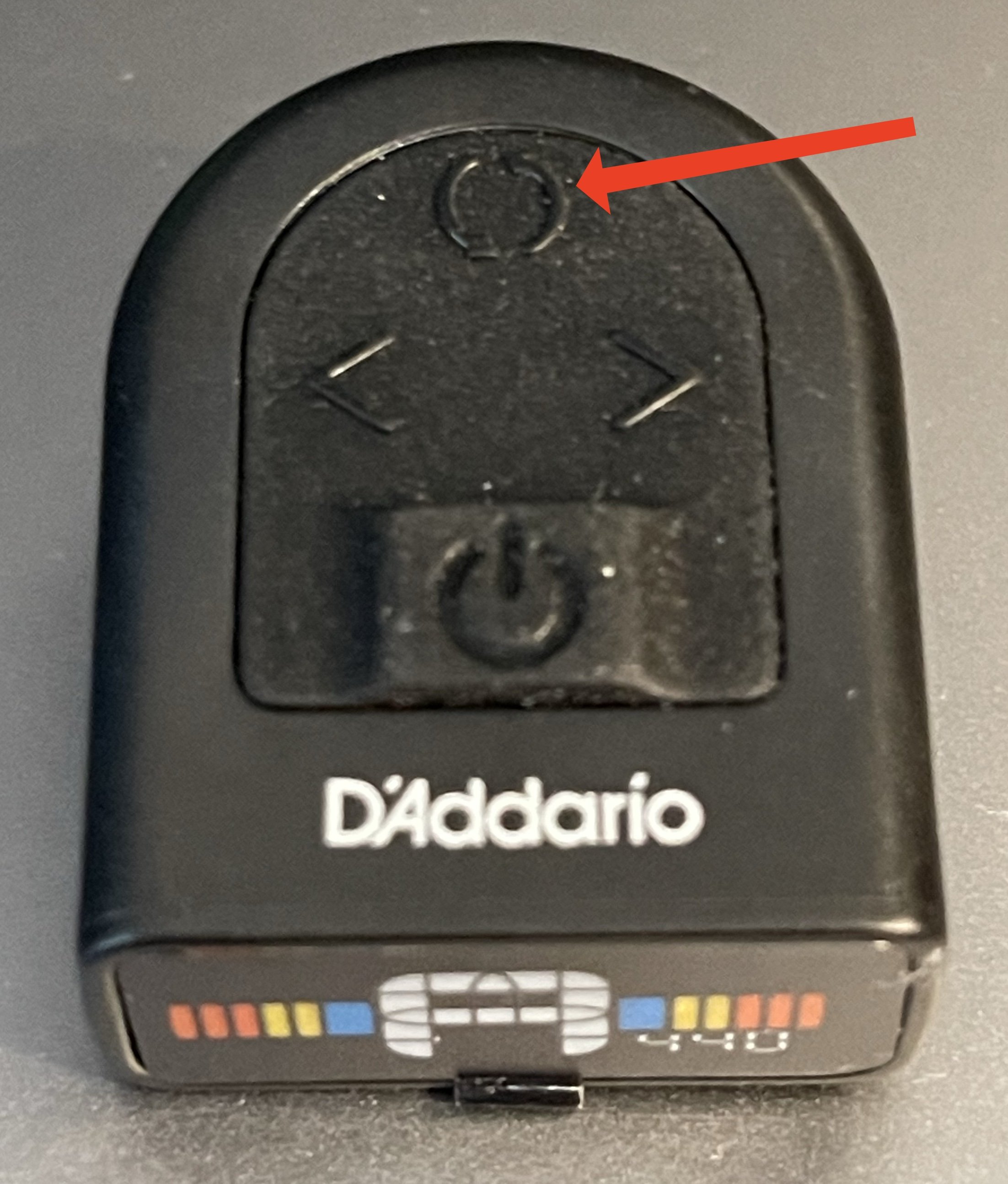How-To : Install a Tuner in Your Acoustic Guitar Soundhole
In this short how-to, I will take you through the steps to put a tuner in the sound hole of your acoustic guitar if there is no built-in tuner, or if you find the existing tuner to be unstable or hard to read.
I give credit to Alex Ryan, who does guitar reviews for the initial idea. His method uses small neodymium magnets but I wanted to avoid magnets entirely as I wanted to do this first on an electric acoustic with on body humbuckers as well as a sound hole, in my case my amazing Emerald Virtuo guitar.
As this guitar uses steel strings which are more magnetically attracted than bronze acoustic strings I wanted no impact on the sound from magnets. I don’t have a magnetism strength meter and did not know if the near presence of an external magnet would impact the active Fishman Fluence pickups so while I like Alex’s method a lot, I wanted to see if I could do it without magnets.
Alex recommended a D’Addario tuner. I did a bunch of research. While I don’t hate clip on tuners, I find them to be able to cross inter-dimensional boundaries whenever, such that the number that I have purchased bears no resemblance to the count of them that I can find on demand. I favour lacquer finishes and don’t want to leave them clipped on all the time, in case of longer term damage to the softer lacquer finish.
I decided on the tuner that Alex recommended and ordered three from Amazon because the price was the same as in a store, they had them in stock and would be delivered the same day. What convinced me, is that while the tuner unit is very small, the display is very large and very bright. I wanted all three. This tuner also has a button to rotate the display depending on the tuner orientation, and I wanted it to be right side up when I look down at it mounted inside the lower rim of the sound hole. D’Addario calls it their Micro Universal tuner. It comes with a clip attachment that is removable and runs on a standard CR2032 battery.
I removed the clip and discarded it. Not because it is bad, but I won’t be using it and I’m trying to avoid keeping stuff around that I will not need.
The tuner has a small reverse dovetail circular mount for the clip. I thought about using a file or sandpaper to remove it, but being somewhat impatient I used a small side cutter and clipped it off, then used a file to make the area flat.
Then I applied a piece of 3M DuoLock which is similar to velcro but stronger. Once in place, I put another piece on and locked them together. When I am ready to fit the tuner to the guitar, I just peel off the backing tape on the upper piece of 3M DuoLock.
DuoLock is different from velcro as there is only a hook option. You press the two sets of hooks together and they make a very reliable bond. You can separate them with a small flat object like a small screwdriver or a pocket knife blade. I use DuoLock when I build pedal boards as I personally prefer it to velcro. Some people use DuoLock for the hook side and regular cloth velcro for the other side. Some pedal boards come with the soft velcro already mounted. DuoLock hooks to this easily and effectively. You can get it readily from Amazon.
The images below show, from left to right, the button to rotate the display, the removable clip, the reverse dovetail mount to be removed, and the application of 3M DuoLock
That’s all there is to it. It’s cheap (the tuner was $25.75 CAD), the DuoLock I had on hand, the files and sandpaper are in my repair kit, and most importantly, it does not flop around, it’s very accurate, unlike some clip on tuners, it is very small and I can turn it on and off easily and read the display even in bright light with the guitar on a strap or while seated.
If you use magnets, adhered to the inside of the sound hole and the base of the tuner, you may not need to cut off the clip mount as a 10mm neodymium magnet is about the same height as the mount itself. If you want to go the magnet route, you can get 50 of them from Amazon for about $17 CAD. From an adhesive perspective, a gel cyanoacrylate used sparingly would work. Be cautious as cyanoacrylate melts plastic so you may choose instead to use a hobby epoxy.
I used the three that I bought to put tuners in all my Emerald guitars. I can confirm that the little tuner worked fine on the Chimaera double neck and also on the Synergy X20 Harp guitar. I hope that you find this solution useful and my thanks again to Alex Ryan for the inspiration. Thanks for reading and until next time, peace.





